|
Your candles are burned down to the end, leaving you with useless jars taking up space. What's next for those candle jars? Clean them out and repurpose them. We searched every method we could find, and put each one to the test. After testing each one, here's our ranking and review for each method. (Please Note: we only tested the following methods using our wax. Results may vary with other waxes.) Before we jump into the results, a couple quick notes:
Here’s our ranking of every wax cleaning method we could find (from worst to best): 5. Microwave (Do not do this!) Alright, this one shouldn’t even be on the list but we’re including it as a cautionary tale. Candle wicks are secured to the bottom of candle containers using a metal tab; therefore, do not put candles in the microwave. 4. Hair Dryer or Heat Gun It takes a bit of time to melt down the remaining wax with these guys but it does the job! Be patient and be careful not to burn yourself on the hot glass. Be sure to keep moving the glass around so that it does not crack. Use spoon to pop out the wick holder if needed. Follow-up with good wipe down. You can also use the heat to remove and remaining stickers. Once glass has cooled, clean jar using dish soap and hot water. 3. Boiling Water Pour boiling water directly into candle jar. Okay, I'll be 100% honest: I wasn't even going to test this method because I was already familiar with the double-boiler stovetop method; but I did it anyways, and instantly regretted it. Here's why: it's so much easier and safer to pour melted wax into the trash rather than disposing of liquified wax and fragrance oil mixed in boiling hot water. This method works because the boiling water is hotter than the wax melting point. Once glass has cooled, clean jar using dish soap and hot water. 2. Freezer Wax does shrink somewhat when frozen. The theory behind this one is if you place a candle in a freezer for a few hours (or overnight), you can "pop" the wax out using a butter knife. In practicality: with a lot slips and elbow grease, I was able to get the vast majority of the wax out in chunks but struggled to remove 100% of the wax. I only recommend this method for candle jars with thick glass. For example, I didn't feel comfortable testing it on our wine glasses. 1. Double Boiler Add 1/2” – 1” of water inside a small pot: just enough water to be level with the remaining wax. If candle bobs or floats in water, pour some water out. Place small pot on burner, then place candle in the middle of the pot and turn burner onto medium-high heat. Bring water to a boil, continue boiling until wax is melted and the wick tab is lose. Once melted, turn off burner and carefully remove candle jar from pot using a hot pad or towel. Pour melted wax and wick tab into the trash. (Please Note: our wax is biodegradable.) Once glass has cooled, clean jar using dish soap and hot water. There are so many creative ways you can repurpose your candle jars after the wax is gone - from inexpensive centerpieces to unique gift packaging to elegant décor, there are unlimited uses for your clean and empty candle jars! One of my favorites is to keep my make-up organized. Of course, you can always reuse them for more candles :) AuthorJen Burnley, owner of Scent & Sip.
0 Comments
But why? Well, it turns out that smelling something pleasant can actually lower your blood pressure and reduce stress levels. In fact, studies have shown that people who practice aromatherapy are less likely to get sick than those who don't! And it's not just about having a nice scent around—it's also important to be thoughtful about what scents you're choosing (and how much) so that you aren't overwhelming yourself (or others). How it works.We are all familiar with the power of smell. It is our most memorable sense, and the one that we often use to remember people, places, and things. But how does our sense of smell work? Our sense of smell works by sending signals from our nose to the brain. When you breathe in through your nose, molecules from the air stimulate nerve cells in your nose. This causes electrical impulses to be sent along a pathway called the olfactory nerve to an area deep inside your brain called the olfactory bulb. There are also other parts of your brain involved in processing smells, including areas involved in memory and emotion. Humans have about 350 different types of receptors that are sensitive to different types of smells—some of these receptors can detect between 1 trillion and 10 trillion scents at any given time! The olfactory bulb then sends signals out to other parts of your brain so you can process the information and decide whether or not it smells good or bad, familiar or unfamiliar. These signals also help us decide what type of response we should have—whether it is something we should approach or avoid!
 Warm weather is here, which means it's time to put away those winter candles and discover the best warmer weather scents. It's time to freshen up your home's scent to match the season. Here are some tips & trends for scenting your home for warmer weather:
Be brave and mix any of these fragrances into your perfect Spring scent. By using these tips, you can create a refreshing and uplifting scent in your home that matches the warmer weather outside.
5 Blends to Try with Yuzu
5 Blends to try with Cola
5 Blends with Key Lime
5 Blends to try with Christoff
5 Blends to try with Country Music
5 Blends to try with Pop Music
5 blends to try with Gin
5 blends to try with Muscadine
5 blends to try with Patchouli
5 Blends to Try with Icing
5 blends to try with Ginger Ale
5 Blends to try with Autumn Air
5 Blends to try with Folk Fragrance
5 Blends to try with Enchanted
5 Blends to try with Hayride
5 Blends to try with Summer Lawn
5 blends to try with Monkey Fart
|
AuthorJen Burnley, owner of Scent & Sip. Proud mom, wife and daughter. Fragrance lover! Archives
May 2023
Archives
May 2023
Categories |


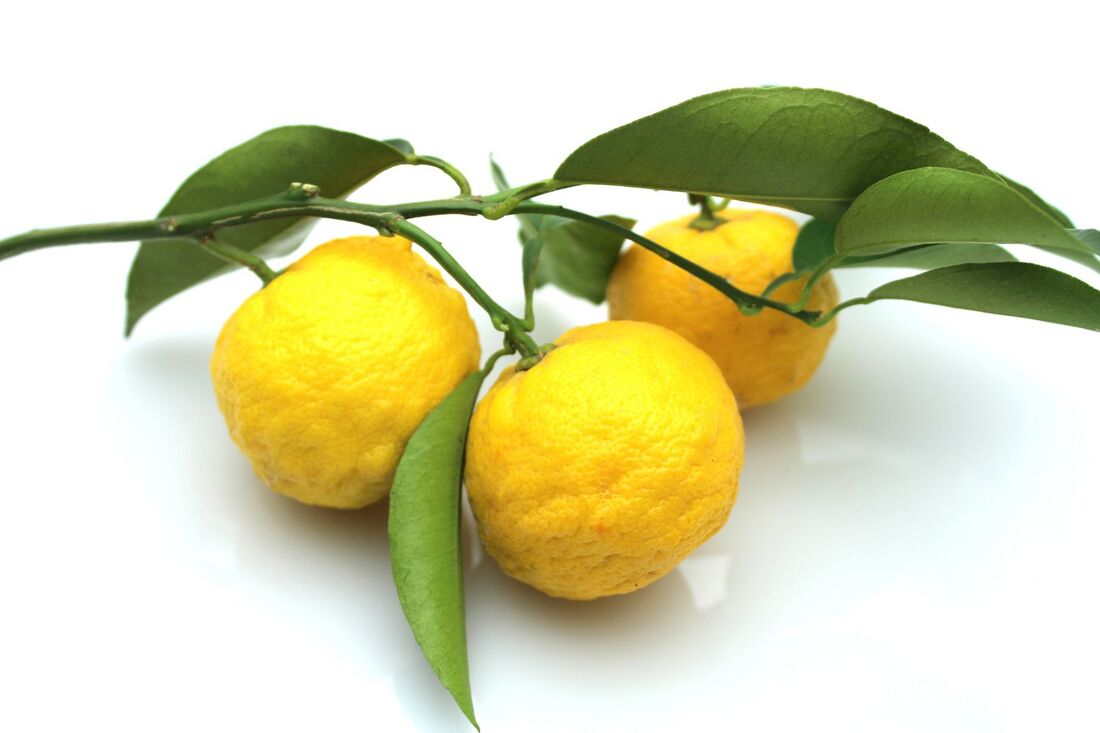

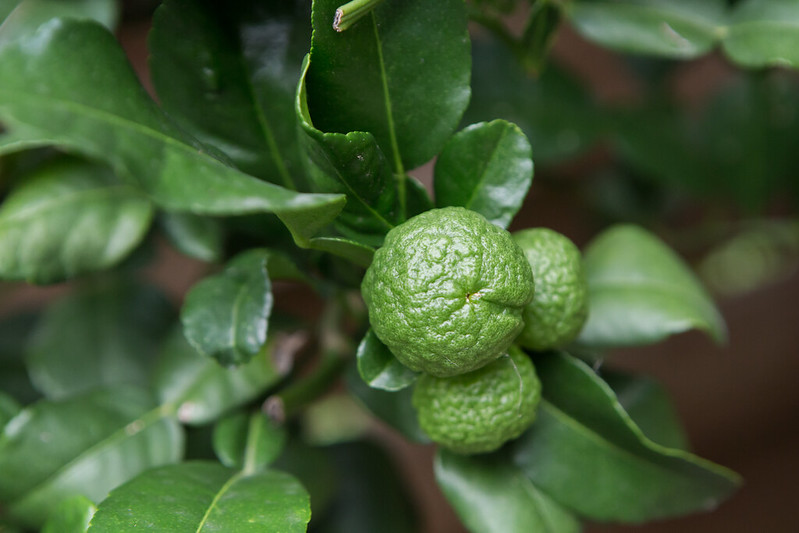
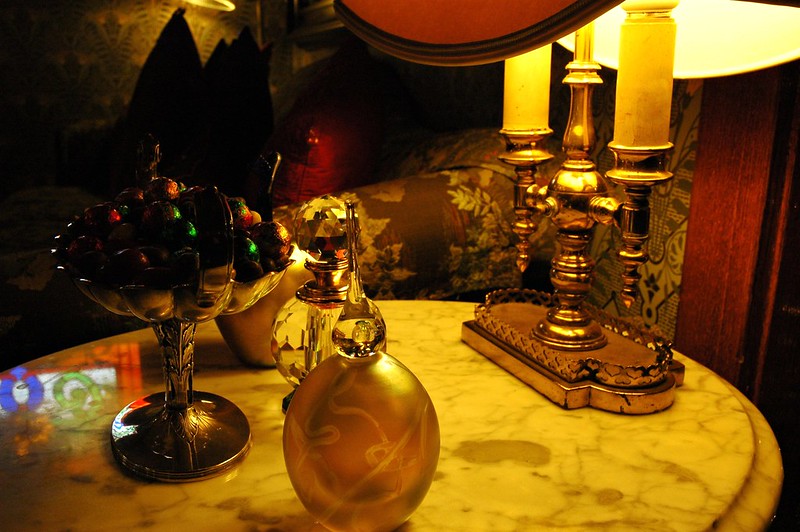



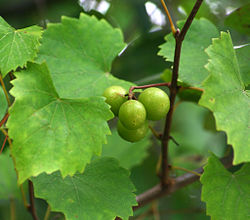
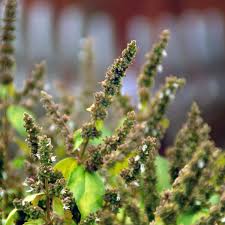
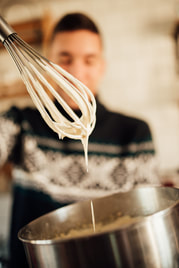

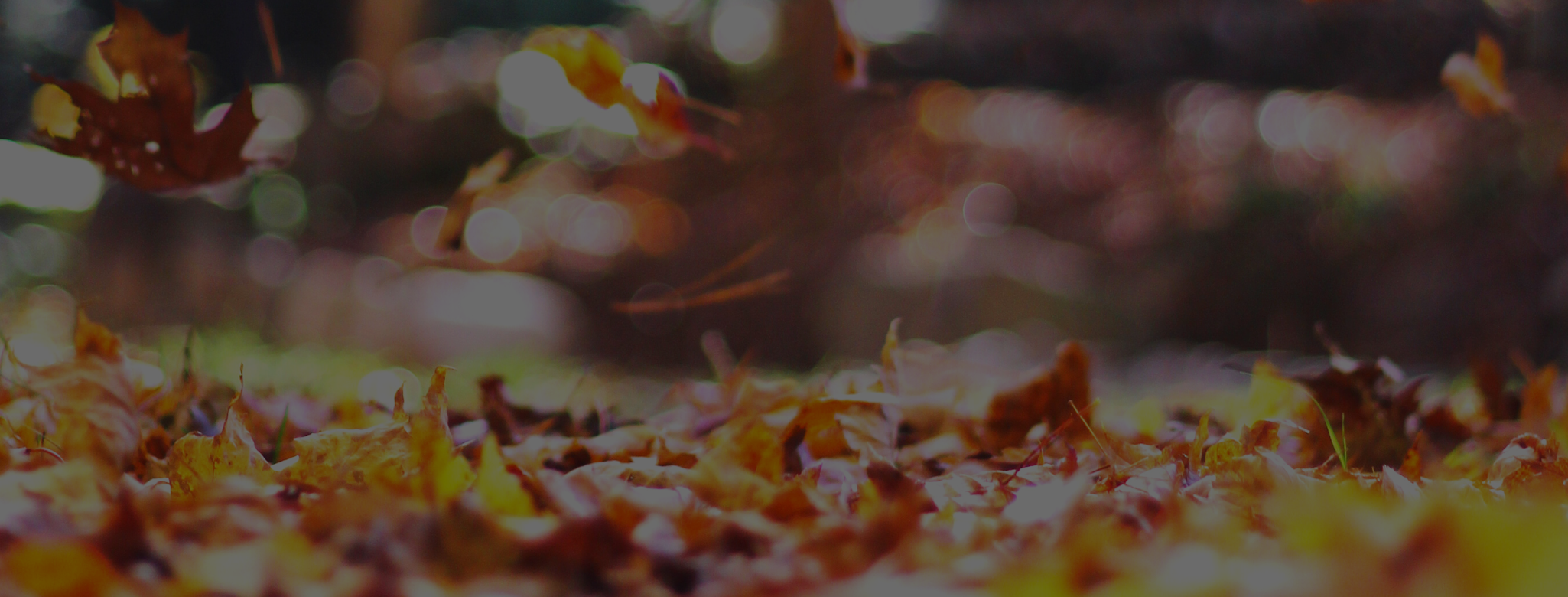

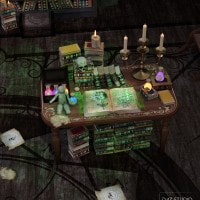
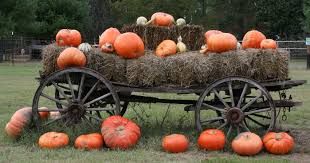
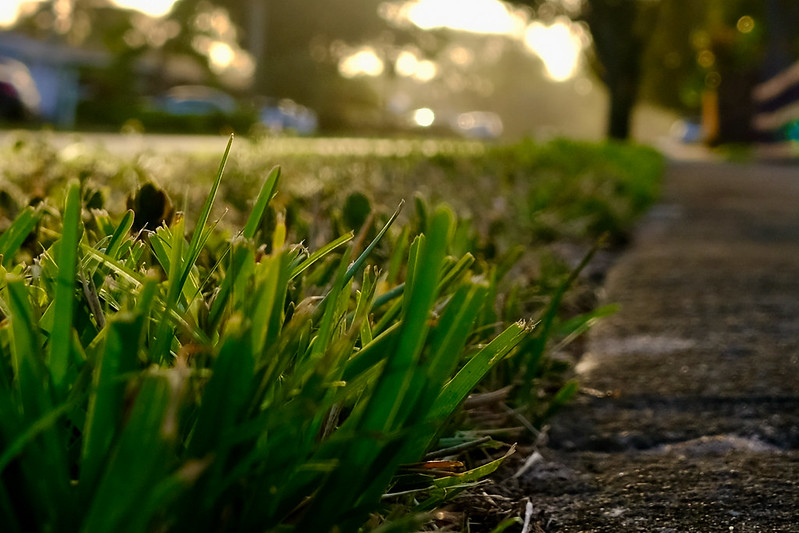

 RSS Feed
RSS Feed